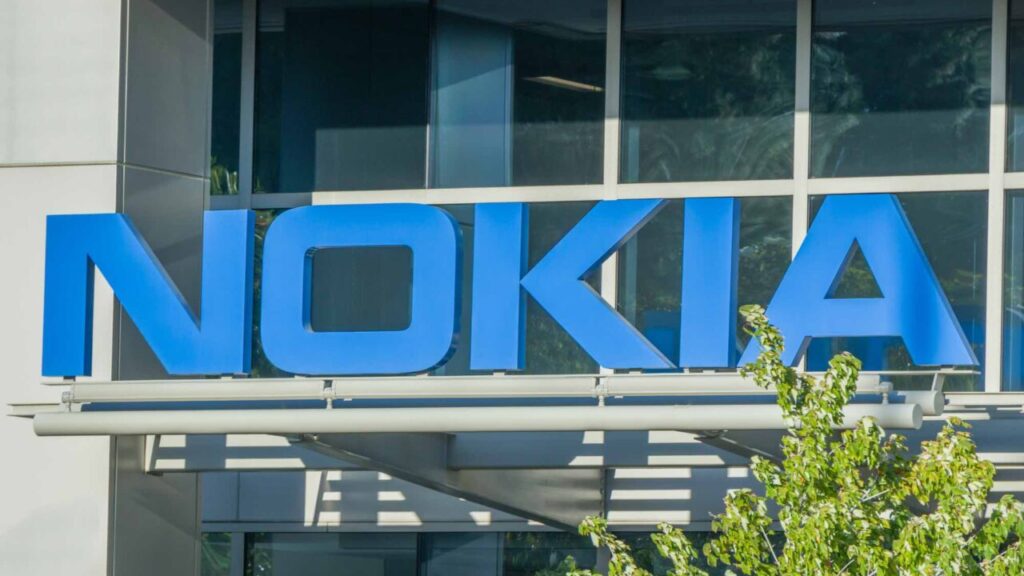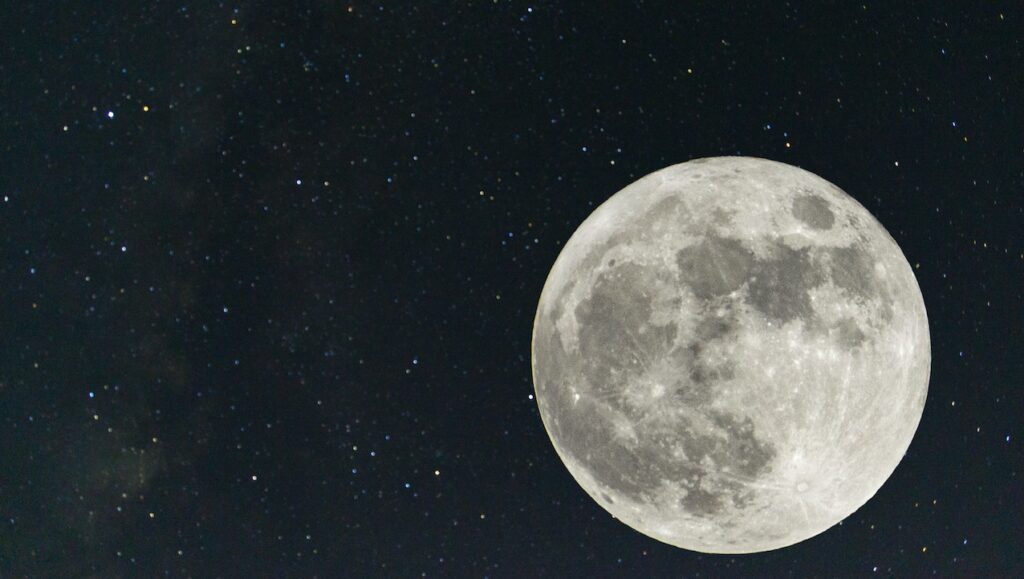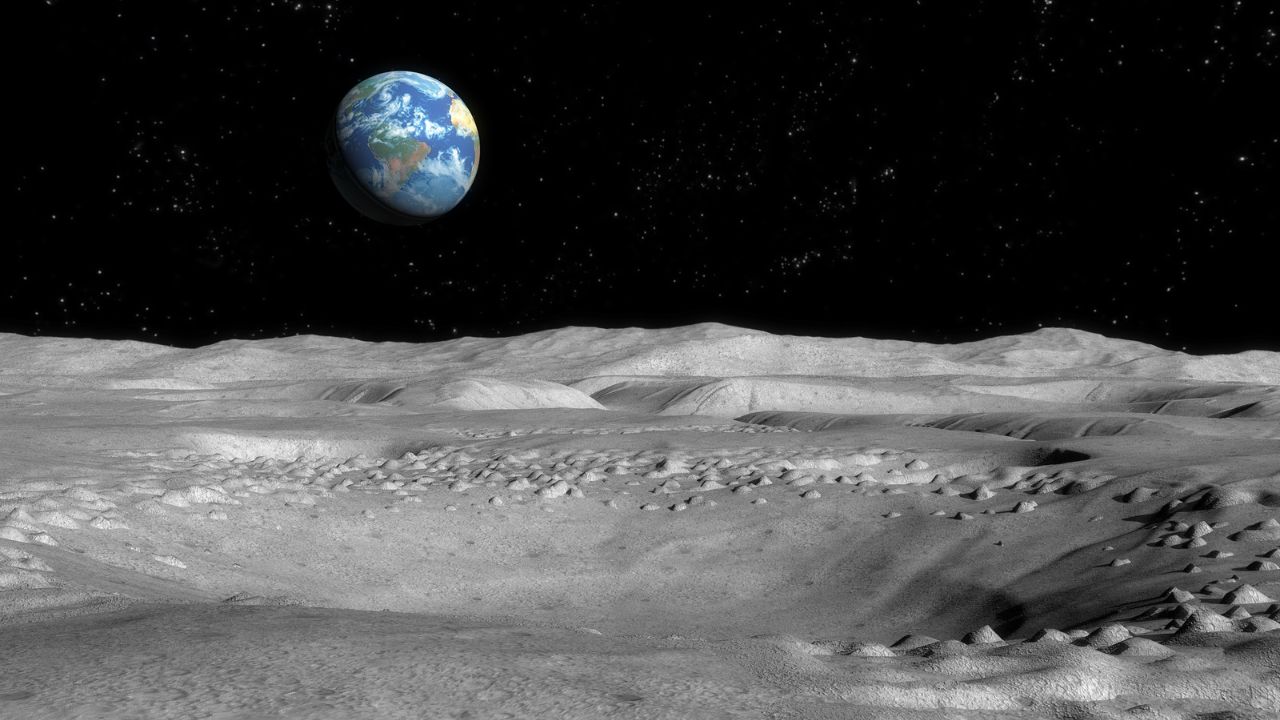Nokia Bell Labs will install the first one cellular network on the Moon to demonstrate that cellular technologies can provide critical communications needed for lunar or martian mission.
Nokia, the lunar mission to participate in the Tipping Point initiative
The NASA chose Nokia to participate in the initiative Tipping Pointaimed at analyzing industrially developed space technologies that can facilitate the development of commercial space capabilities and support future NASA missions.
To this end, Nokia has teamed up with Intuitive Machines and Lunar Outpost for the IM-2 uncrewed lunar mission, which will land at the Moon’s south pole. The IM-2 launch is currently scheduled to take place in a three-month window starting in November 2023, but timing could change depending on launch scheduling.
For this mission, Nokia Bell Labs has developed a low-power version of its microcella 4G/LTE, compact and suitable to withstand space conditions. The network is designed to travel to the Moon and operate in the extreme environmental, temperature and radiation conditions of the lunar surface.
Nokia, the lunar mission will consist of 4G/LTE system
The lunar 4G/LTE system will have two main components. The first is the base station unit, which will be integrated directly into Intuitive Machines’ spacecraft, the lander Nova-Cand will serve as a cell site for the lunar network.
The second component will be the radio equipment installed on two lunar vehicles: the rover Mobile Autonomous Prospecting Platform (MAPP) by Lunar Outpost and the Micro-Nova collection facility by Intuitive Machines. Together, these radio components will form a network that allows the vehicles and the lander to communicate with each other.
A powerful one direct radio connection to Earth from the lander it will provide a link home, through which mission controllers will receive data and images and remotely manage the vehicles via the cellular network.
Why is Nokia going to the Moon?
Nokia wants to demonstrate that Cellular technologies can provide reliable connectivityhigh-capacity and efficient mission needed for future manned and unmanned missions to the Moon and other planets.
To make one possible long-lasting human presence on the Moon and Mars in the future, connectivity and communications are key. Astronauts will need the same advanced capabilities in space that we have on Earth to support their missions and live.
They will need access to voice, video and data communications capabilities, as well as telemetry and biometric data. To carry out their missions, they will need to connect to large sensor networks, deploy payloads and science experiments, and remotely operate robots and other machinery. All of these scenarios and all of these applications will require robust network connectivity.
Nokia Bell Labs aims to meet the critical communications needs of space exploration for short- and long-term missions. We believe the best way to do this is not to invent a completely new communications platform for planetary exploration. Instead, we should leverage the same technologies that connect billions of phones and devices here on Earth.

The IM-2 mission from launch to conclusion
The mission IM-2 will be launched from NASA’s Kennedy Space Center in Cape Canaveral, Florida. A SpaceX Falcon 9 rocket will carry the Nova-C lander into space on a direct trajectory to the Moon. From there, the lander will begin its first engine firing sequence, which will keep the lander and the Nokia network on course for the long journey to the Moon.
After about five days of space travel, the Nova-C lander will enter Moon orbit for one earthly day. After orbiting the Moon several times, the lander will fire its engines again to make a controlled descent to the lunar surface. The planned landing zone is the Shackleton Connecting Ridge on the Moon’s south pole.
The objectives of the IM-2
The IM-2 has multiple goals. For example, IM-2 will deploy a York Space Systems communications satellite into lunar orbit; will excavate lunar regolith with NASA’s PRIME-1 drill; will look for evidence of lunar ice; and will deploy the first exploration vehicles to the Moon’s south pole. Nokia’s 4G/LTE network will be a key element of many of these missions, providing basic connectivity between the Nova-C lander and the two mission vehicles.
Once on the lunar surface, the Nova-C lander will automatically spread Nokia’s network. The lander will lower a protective envelope containing the Lunar Outpost MAPP rover to the ground. After reaching the lunar surface, the rover will extend its antennas and establish a connection with the base station.
The MAPP rover
Il rover FOLDER it will then begin a multi-day journey to explore the Shackleton Connecting Ridge, and will autonomously map the lunar surface collecting stereoscopic images and thermal data along the way. In particular, MAPP will collect samples of lunar regolith in a special container mounted on the rover’s wheels. The images of this material, the first ever collected from the Moon’s south pole, will be sent to NASA for analysis.
Using the sophisticated RESOURCE camera developed by MIT, the MAPP will fire 3D images and will shoot videos of unique rock formations and craters, will look for signs of lunar ice near crater edges. MAPP will also deploy the AstroAnt, a miniature rover, developed by MIT, which will climb atop the Lunar Outpost rover.
The images collected by AstroAnt
L’AstroAnt, which is the size of a Matchbox toy car, will drive around the roof of the MAPP collecting temperature data, while the MAPP rover itself will roll on the lunar surface. The images, data and telemetry collected by MAPP will be sent to the lander via the 4G/LTE network and then retransmitted to Earth. Meanwhile, controllers at the Lunar Outpost mission in Colorado will issue commands to the rover over the same connection.
While the MAPP rover will be engaged inexploration of the surrounding environment, Intuitive Machines will deploy the second lunar vehicle, the special Micro-Nova container (hopper). Unlike the MAPP rover, which will roll across the lunar surface on specially designed wheels, the Micro-Nova will use hydrazine rockets in controlled bursts to propel itself over short distances.
In search of lunar ice
In short, it will “hop” from place to place, accessing areas that other vehicles cannot reach. The Micro-Nova’s main task is to search for lunar ice in the depths of a lunar crater. One of the expected components of this ice is water, which would be critical for any future manned mission to the Moon.
Once downloaded from the lander, the Micro-Nova will establish a connection with the Nokia network and he will begin a series of jumps, each of which will bring him closer to the crater destination. In his penultimate jump, the Micro-Nova will descend into a crater where it will begin taking photos of potential ice deposits. The 4G/LTE network will then transmit data to the lander and then to Earth, either from inside the crater or after the Micro-Nova returns to the surface. It is possible that the first images of ice on the Moon will be sent via the Nokia lunar network.
In conclusion
After about 10 Earth days, the IM-2 mission did will conclude. When the Shackleton region transitions to lunar night, the mission will lose the sunlight needed to power the equipment’s solar cells, making further exploration impossible. But at the end of the mission, scientific research will only be at its beginning.
The mass of data collected on IM-2 will provide a gvast amount of knowledge about a key area of the Moon, helping prepare the way for future missions Artemis with crew. The discovery of water in the Shackleton Connecting Ridge would lay the foundations for a permanent habitat at the Moon’s south pole, as water ice could be converted into breathable oxygen and even used to create fuel for an eventual trip to Mars.
Meanwhile, data collected by Nokia Bell Labs with the IM-2 mission will be crucial to the progress of communication technologies in space exploration. Not only could Nokia design and build networks and devices optimized for future lunar and Martian missions, but the knowledge gained would lead to further improvements in networks deployed in harsh environments right on Earth.

How the lunar mission relates to Nokia’s activities
Nokia is proud to participate in the exploration of our solar system, but interest in extraterrestrial networks is also motivated by a variety of commercial reasons.
With the Tipping Point Initiative, NASA is fostering a new era of public-private partnerships, driving the development of critical space technologies. Technologies emerging from Tipping Point could be used in Artemis missions, which will establish sustainable operations on the Moon in preparation for future crewed expeditions to Mars. This presents a number of opportunities for Nokia and other Tipping Point companies to participate in the future space economy.
Just as communications and networks are a vital part of the economy on Earth, they will…















Leave a Reply
View Comments